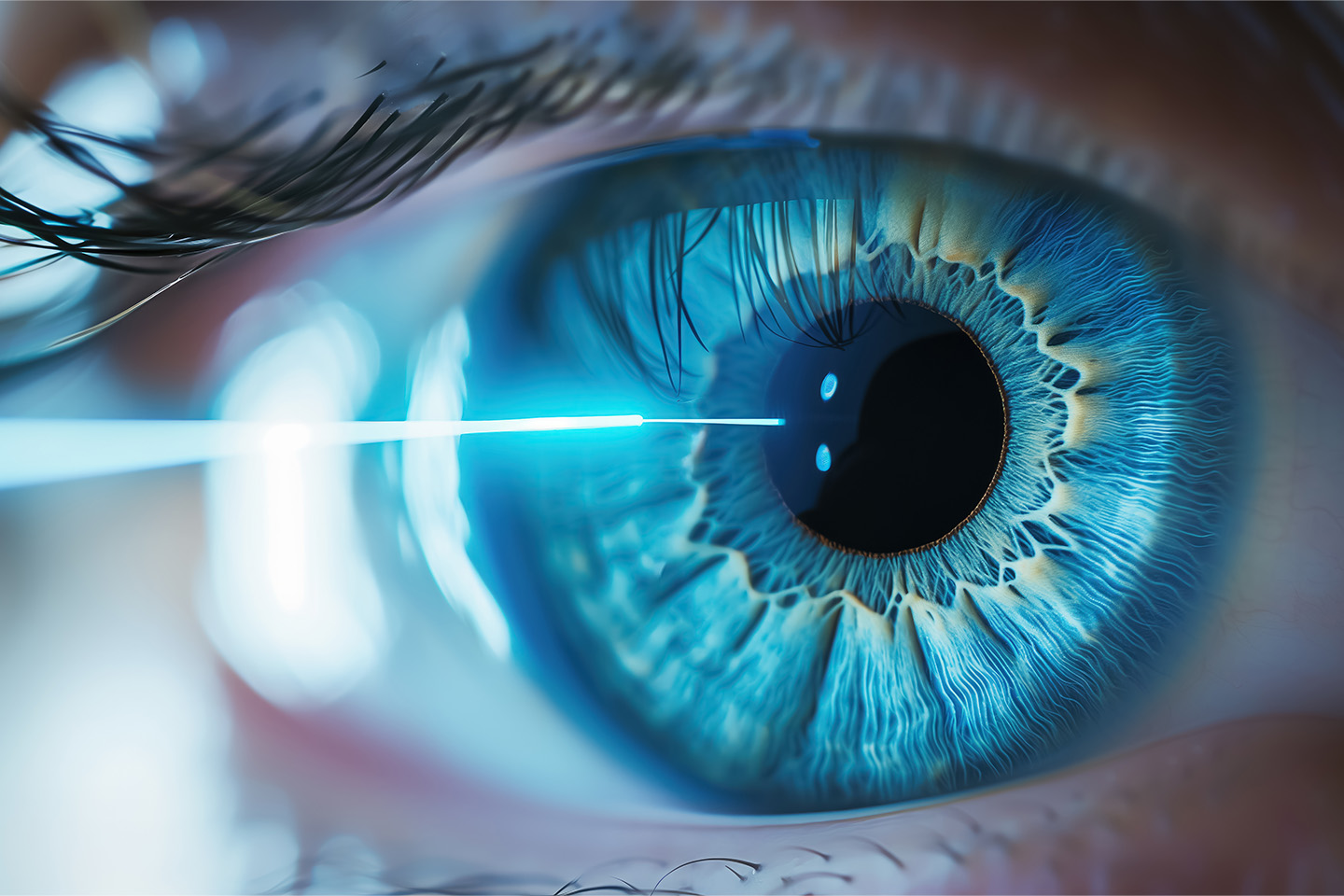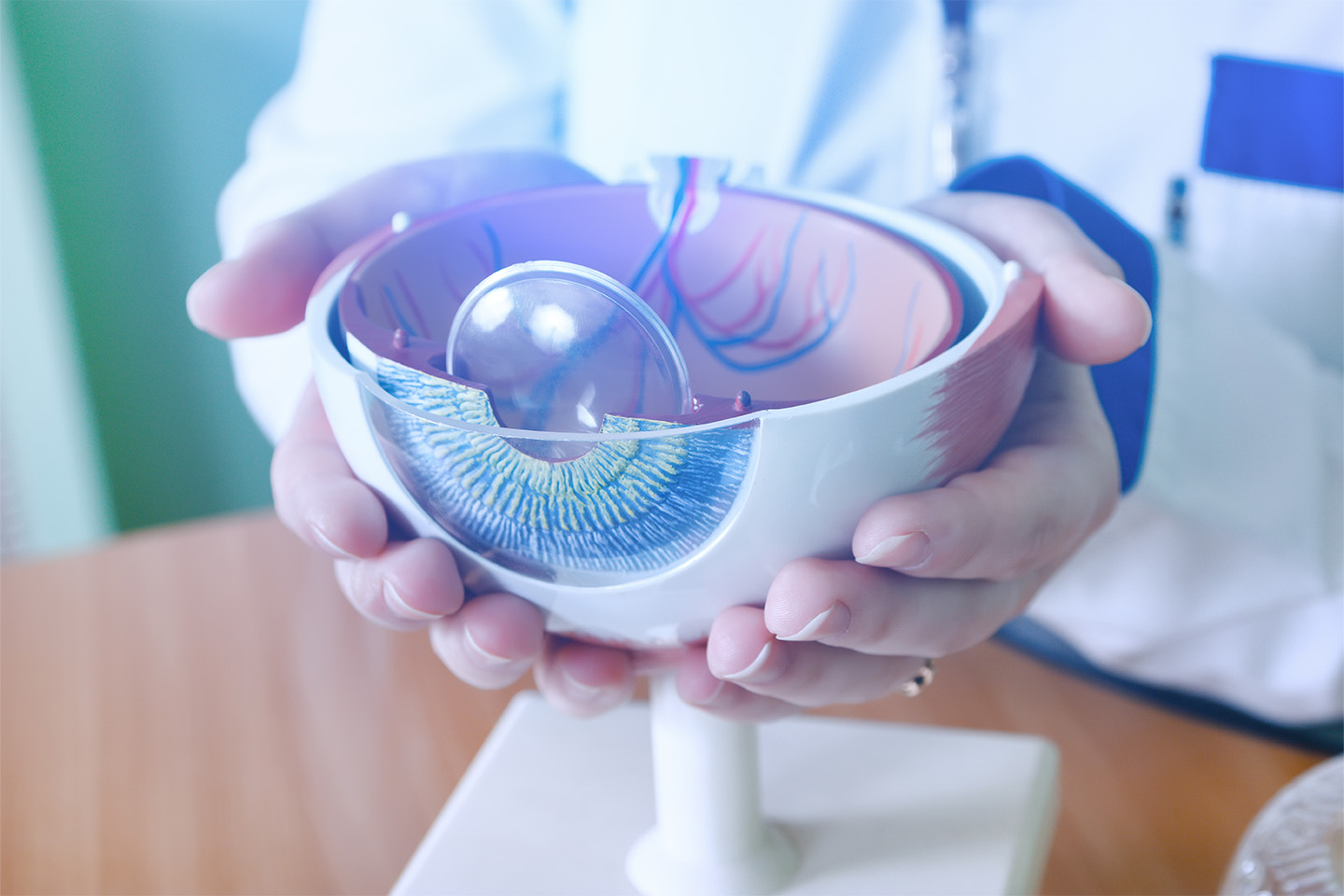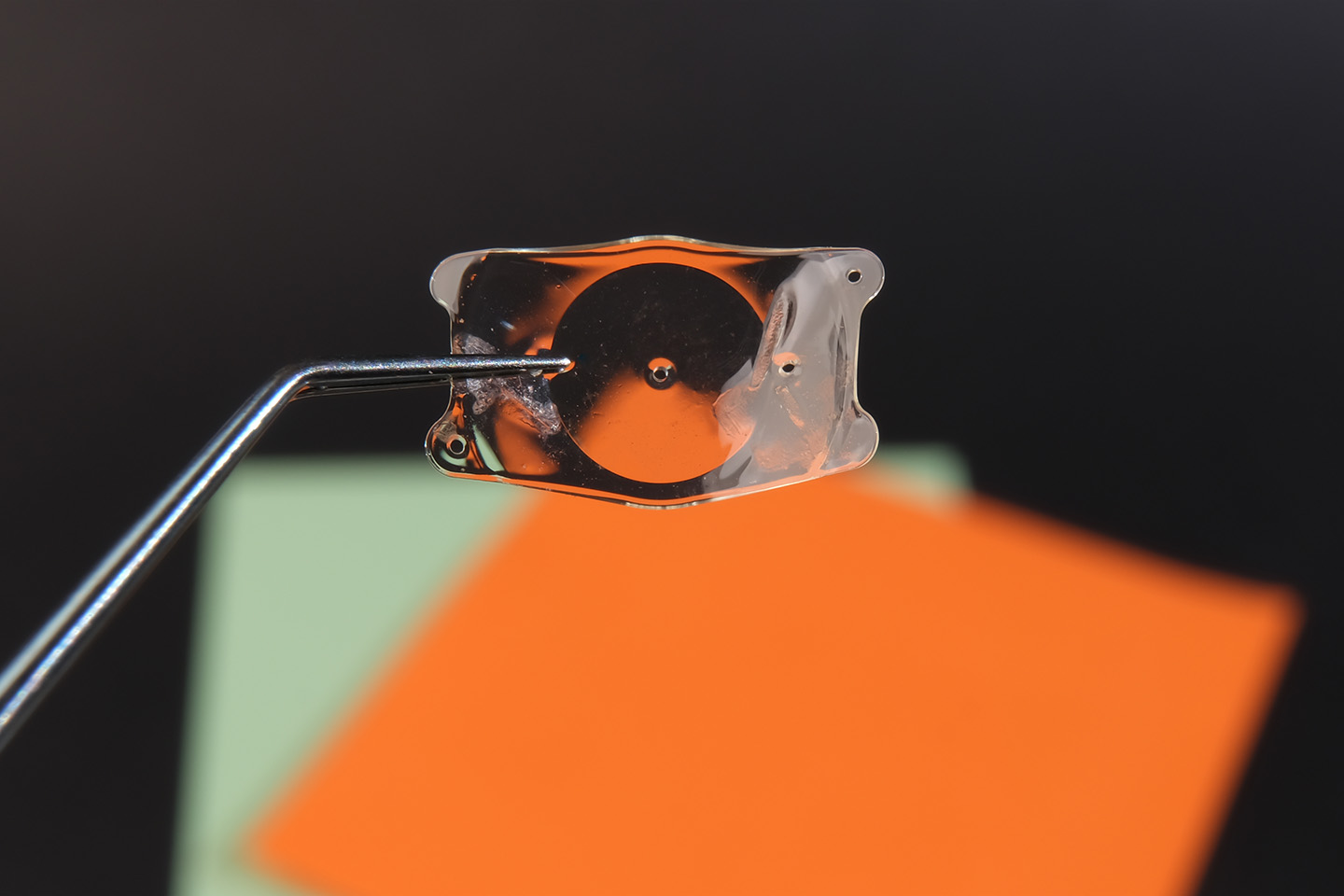How Kleiman Evangelista Uses Advanced Refractive Technology to Improve Your Vision

At Kleiman Evangelista Eye Centers of Texas, we are proud to provide exceptional eye care services and treatment options to our patients in the Dallas-Fort Worth metropolitan area and surrounding areas. When our patients struggle with nearsightedness, farsightedness and astigmatism, our eye care team understands that it can compromise more than just vision. It also affects quality of life by making it hard to do necessary tasks and enjoyable activities. For this reason, we offer state-of-the-art treatment options such as LASIK, PRK, Visian ICL, and CLE.
These procedures are the most effective refractive surgeries available, as they focus on reshaping the outer layer of your eye, inserting a special type of contact lens, or implanting an artificial, permanent lens. We also invest in the current technology, allowing us to correct and improve vision to a greater degree with these procedures. Keep reading to find out more about the technology involved in each of these surgeries below.
LASIK and PRK Procedures
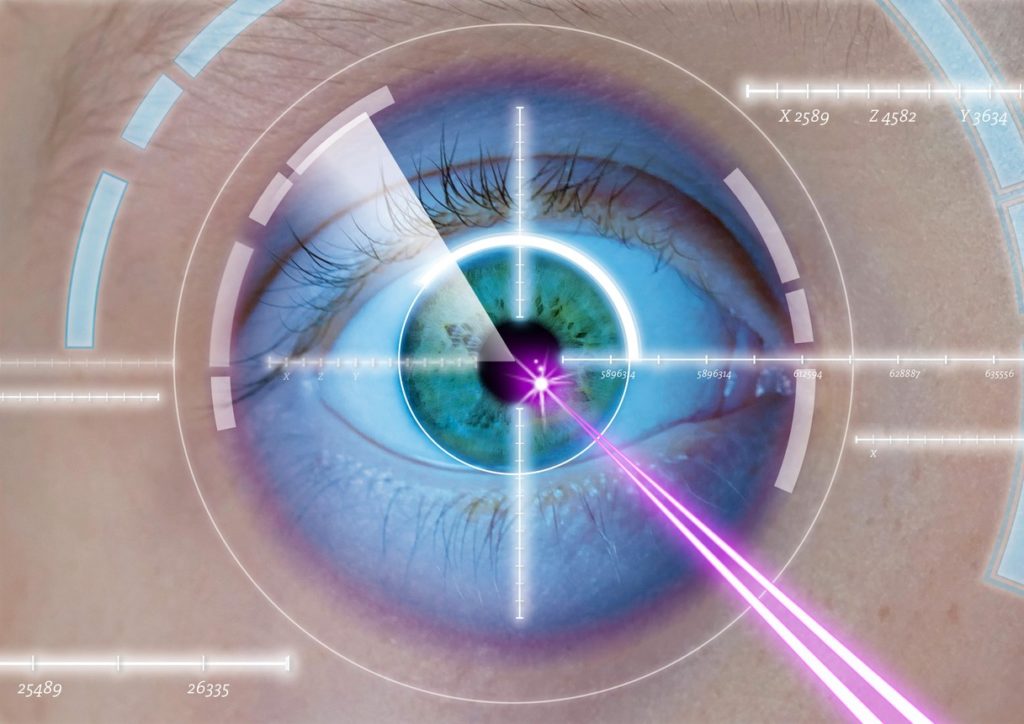
When your eyesight is affected by nearsightedness, farsightedness, and astigmatism, LASIK and PRK are excellent treatment options. These procedures focus on correcting vision by reshaping the cornea, or the outermost layer of your eye. Typically, those who suffer from refractive errors such as these have flattered areas, steep curvatures or uneven curvatures on the cornea rather than a round-shaped cornea. In effect, these irregularities cause the eye to distort or misread light signals which transmit a blurry or distorted image to the brain. When we reshape the cornea to a natural curvature, your retina can receive light properly and transmit accurate images to the brain. As a result, you can see clearly and accurately from any distance.
LASIK is the most popular type of refractive eye surgery in the Dallas-Fort Worth metropolitan area and the United States at large. It is usually the first type of surgery that patients ask about if they suffer from blurry, distorted vision or if they cannot focus on objects at near or far distances. In LASIK surgery, the eye doctor uses advanced laser tools to create a thin flap, fold the flap back, and reshape the cornea. A PRK procedure may be ideal for patients who encounter the same vision issues yet may not qualify for LASIK surgery. For instance, if they have a thinner cornea than recommended or if the patient is involved in contact sports. In a PRK surgery, the surgeon removes the cornea’s outermost layer called the epithelium and then uses the same laser tool as used in LASIK to reshape the cornea.
When you come to Kleiman Evangelista Eye Centers of Texas for a LASIK or PRK surgery, you are met with knowledge, skill, and care from our eyecare team. We know your eye health and improved vision are incredibly important. For this reason, we prioritize precision and perfection by utilizing the most advanced laser technology available. We are proud to use the Wavelight® Laser Suite for both LASIK and PRK. As the Wavelight Laser Suite has state-of-the-art lasers, our surgeons can perform bladeless procedures that ensure greater accuracy, higher chances of improved vision, reduced complication risks, and faster healing times. You can learn more about how we use the Wavelight® Laser Suite below for each of the surgeries.
Advanced LASIK Technology
If you are eligible for a LASIK surgery, you may be interested in the LASIK procedure and how we use the Wavelight® Laser Suite lasers. There are two types of lasers available through this state-of-the-art machine: the femtosecond laser and the excimer laser. We use both lasers in the LASIK surgery as they greatly increase the safety and effectiveness of the procedure.
The eye doctor begins LASIK surgery by using a femtosecond laser that emits ultrasound waves to perform thin, angled cuts. The femtosecond laser creates the flap on the cornea. The Wavelight makes it possible to create a personalized flap size and shape for your unique eye, improving safety. Next, the doctor folds the flap back to work directly upon the cornea with an excimer laser. This laser uses short ultraviolet waves to break apart and remove tissue from certain sections of the cornea, transforming it into a natural, rounded shape. Since the lasers make it possible to perform this surgery completely bladeless, at the end of the surgery, the flap can simply be folded back into place, and it heals on its own.
Advanced PRK Technology
If PRK is the best plan of action for your specific condition, the Wavelight® Laser Suite allows our eye surgeon to perform the procedure with bladeless technology. Unlike with LASIK, the doctor does not need to use a femtosecond laser as they do not need to create a flap. Rather, they use the laser or a solution to dissolve and remove the epithelium from the cornea safely and efficiently. Then, an experienced eye surgeon uses the excimer laser to emit ultraviolet light onto the cornea in specific patterns to remove tissue and reshape it effectively. Like LASIK surgery, there is no need for stitches with a bladeless procedure; the epithelium grows back naturally.
LASIK and PRK Testing and Candidacy
When you are considering refractive surgery for vision issues, you may wonder how the Kleiman Evangelista eye care team determines your eligibility. Afterall, there are special requirements that must be met for LASIK or PRK, and that determine why one should be preferred over the other, such as cornea thickness or the presence of secondary eye conditions. Furthermore, we need to understand how your eye is shaped in order to perform LASIK or PRK with absolute precision. For these reasons, we use the advanced CONTOURA® Vision testing and Vario Diagnostic Device to scan your eye and receive an accurate image.
CONTOURA® Vision Testing
The CONTOURA® provides a topographical map indicating 22,000 points from the surface of the eye. When our qualified and skilled eyecare team analyzes the resulting 3D map, we can determine the best procedure and create a personalized treatment plan for your specific eyes. This is because we can view all the unique characteristics, the size and shape of certain features, and any irregularities.
CONTOURA® and the Wavelight Laser Suite
After we have gathered all the relevant information, the detailed CONTOURA mapping uploads into the Wavelight® Laser Suite. In this way, we can create a customized LASIK or PRK procedure that takes your exact cornea shape and any irregularities into account.
VARIO Diagnostic Device
The Vario Diagnostic Device takes the preliminary precise measurements, with a non-contact scanning procedure. These measurements are shown to us through CONTOURA topographical mapping.
Visian ICL
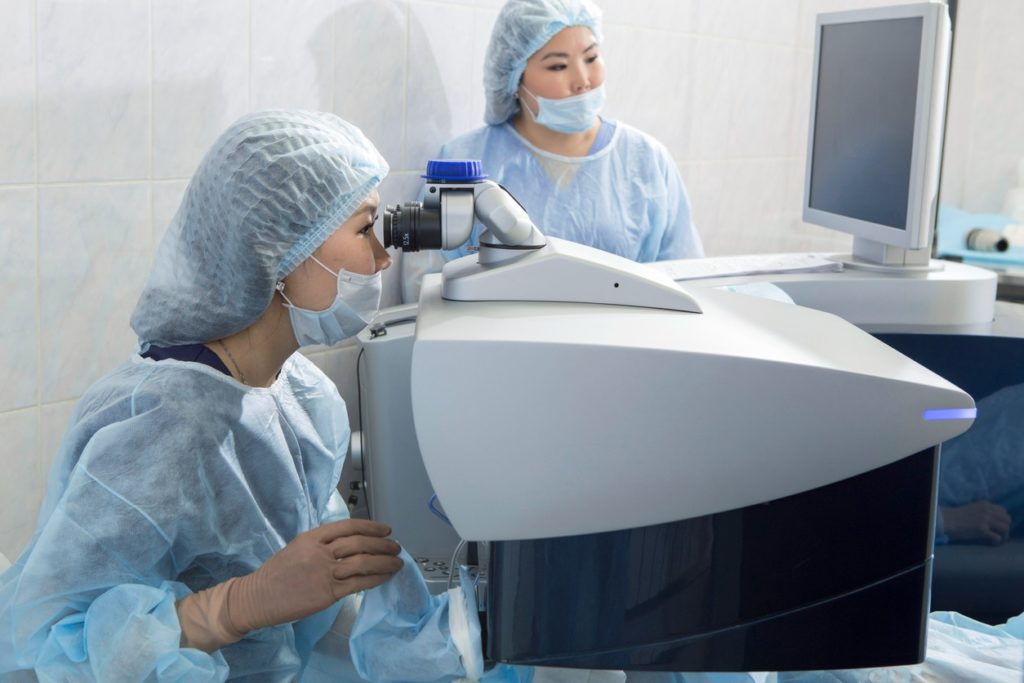
In some cases, patients come to Kleiman Evangelista Eye Centers of Texas for relief from high prescription glasses or contact lenses, or to correct severe nearsightedness and astigmatism. Our specialized eyecare team may determine the best treatment to be Visian ICL surgery. At our eye clinic, we insert an implantable collamer lens or ICL during the surgery to improve vision in circumstances where LASIK or PRK are not options. ICL’s are best suited for extreme nearsighted patients that are under the age of 40.
Visian ICL Technology
Visian Toric ICL lenses are one of the most advanced lenses available for patients with vision problems, allowing patients to see images at far distance accurately and clearly. It is made up of a biocompatible collagen copolymer, which the eye and eye tissues receive and accept well. For this reason, these lenses offer increased safety, faster healing, and greater vision correction. They also have further benefits such as UV protection. During the Visian ICL procedure, the eye surgeon implants the artificial lens behind the iris and in front of the natural lens after making a small incision in the cornea. In this way, the Visian ICL surgery is an efficient way to improve vision significantly without having to alter the cornea.
Visian ICL Testing
When our eyecare team is determining if you qualify for Visian ICL surgery, we use our advanced measurement tools in order to receive an accurate and clear image of your specific eye, front and back. We use Pentacam and EPIC Refraction systems. It offers our patients a contact-free, quick and painless way of measuring the cornea, the anterior chamber, iridocorneal angle, and anterior chamber volume, amongst other important features. These measurements help us determine candidacy and create a tailored treatment plan. It also allows us to verify the correct sizing and shape for your lenses to minimize risk and improve vision.
CLE
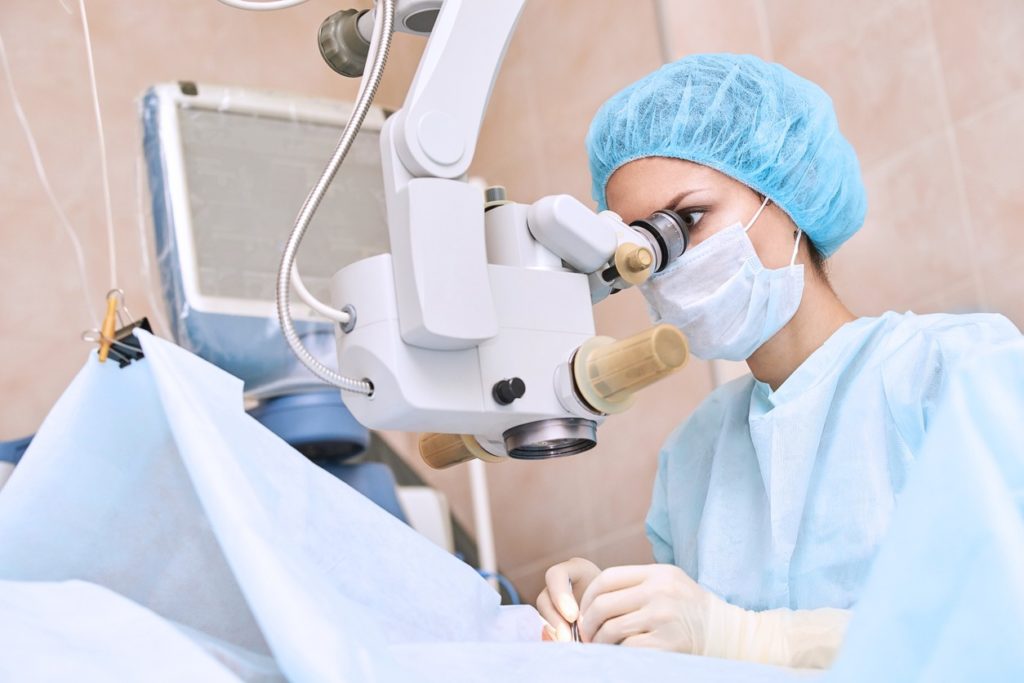
For some, LASIK, PRK, and Visian ICL are not viable treatment options. Yet, you can trust in Kleiman Evangelista Eye Centers of Texas to find the perfect alternative treatment for you. We also offer the Clear Lens Extraction (CLE) procedure to treat nearsightedness, farsightedness, and age-related nearsightedness, and farsightedness.
In a CLE procedure, the eye doctor breaks up and removes the natural lens of the eye with an advanced ultrasound tool. They, then, replace this lens with a synthetic intraocular lens (IOL). Although this is a similar procedure to cataract surgery, it is completed before the development of cataracts. We use a special Intraoperative Wavefront Aberrometry (ORA) machine and advanced technology lenses in order to complete the CLE to ensure the highest satisfaction of our patients.
CLE Technology
Our eyecare team ensures that we access the most advanced technology when it comes to IOLs. In this way, we can help our patients free themselves from prescription glasses and contact lenses, and the routine maintenance of adjusting or caring for removable contact lenses. Our lenses include Alcon’s PanOptix and Vivity lenses:
- PanOptix: These advanced lenses can help your eye focus whether you are viewing an image at near, mid, or distant range; rather than implanting a lens that can only perform one of these functions, these lenses allow your brain and eye to adjust the lens to view images properly.
- Vivity: A non-diffractive IOL that allows for a seamless range of vision from far to intermediate distances or near to intermediate distances.
Intraoperative Wavefront Aberrometry
When performing the CLE, the eye doctor makes a small incision near the edge of the cornea to access the natural lens. Once there, they use phacoemulsification to break up the natural lens. After removing the natural lens with a careful suction device, they use the modern Intraoperative Wavefront Aberrometry (ORA) to determine how your eye reacts and moves light through to the retina. From this evaluation, the eye doctor can select the most accurate IOL possible for your specific eye to correct how your eye processes light or focuses on light. With the proper IOL, you can focus light correctly to the retina and produce clear images to your brain.
Advanced Refractive Technology at Kleiman Evangelista Eye Centers
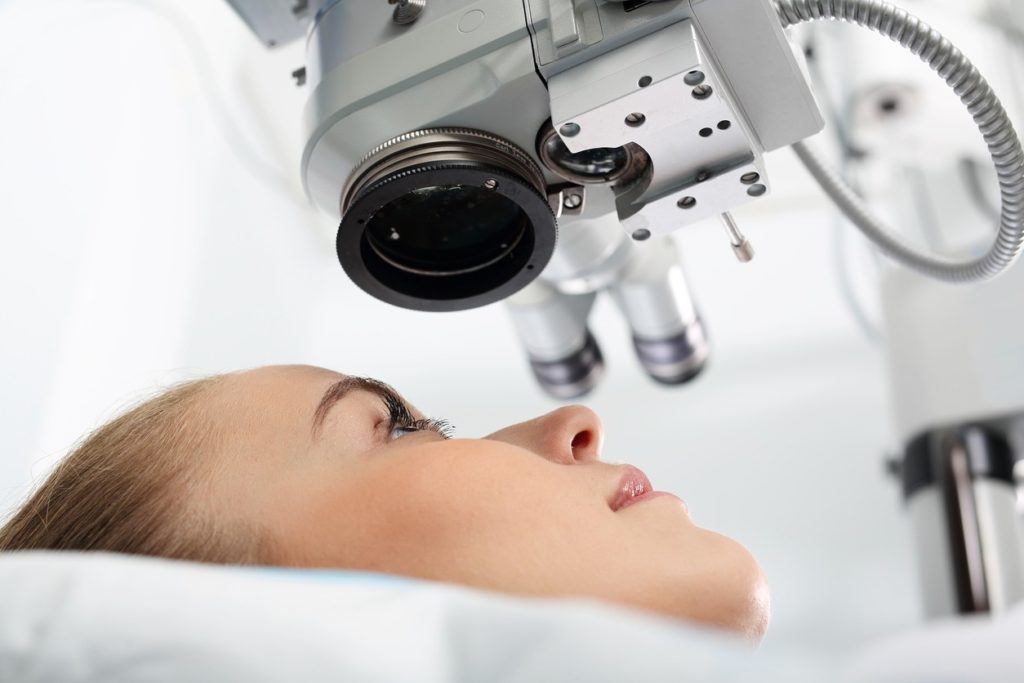
When you come to Kleiman Evangelista Eye Center of Texas, we ensure that you receive the best diagnosis, treatment, and care possible. As part of our continuous effort to provide excellent eye care services and exceptional vision outcomes, we offer the most advanced technology for evaluations and procedures. In this manner, we consistently provide safe and effective treatment options for any eye disorder. Contact us today to discuss your treatment or set up a consultation.
[DISPLAY_ULTIMATE_SOCIAL_ICONS]



